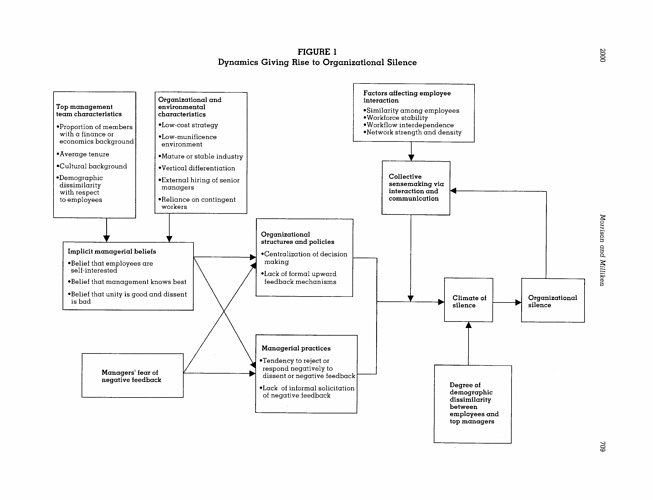I think emotion is scary for many people. It is messy, the edges aren’t clear and you don’t know how far it goes. An emotional answer that is defensive feels “unsafe”.
There is a certain level emotional self-awareness and maturity you need to deal with an emotional person in a way that causes the minimal level of harm and hopefully helps. Many people, quite frankly, can’t do this. The empathy required takes a level of energy they aren’t willing to commit. It is hard work.
It is easier to pretend that we are all “professionals” and that any other emotion than utterances that reflect the state of play of the office goals, “we are number one, yeah!” or “We lost a client, I’m devastated” are not for the workplace. Easier, but not necessarily better.
I like the idea of bringing your whole self to the workplace. That stuff that happens outside the office can create links and bonds you wouldn’t expect. Vulnerability shows humanity and creates trust.
At the same time an emotional “spew” where one shows everything all the time is not ideal either. That can be quite tiring to people around you. Which is part of the reason it becomes taboo, that one person who super over-shares things tends to the detriment of all.
I’ve noticed many over-sharers tend to focus on things that are quite shallow. “Dude, I don’t care that your girlfriend’s dad’s brother’s foot has a carbuncle the size of a cat and it is affecting his dating life and it is making you 'sad”. Even this tends to be a defensive mechanism of some kind and often masks stronger insecurities, but again this takes an emotional maturity to engage with it.
It comes down to what you value. If you value the person you will address it, but if you just want to get on with things, the emotional side of things comes with “baggage” that slows you down and can be a distraction. So again it is easier to pretend it isn’t there or ignore it.
Like most things the path is in the middle. Accepting emotions, dealing with them and being willing to adapt to changing conditions. I think it comes down to authenticity. Be who you are, treat the whole person with respect and share where relevant should be the norm.


